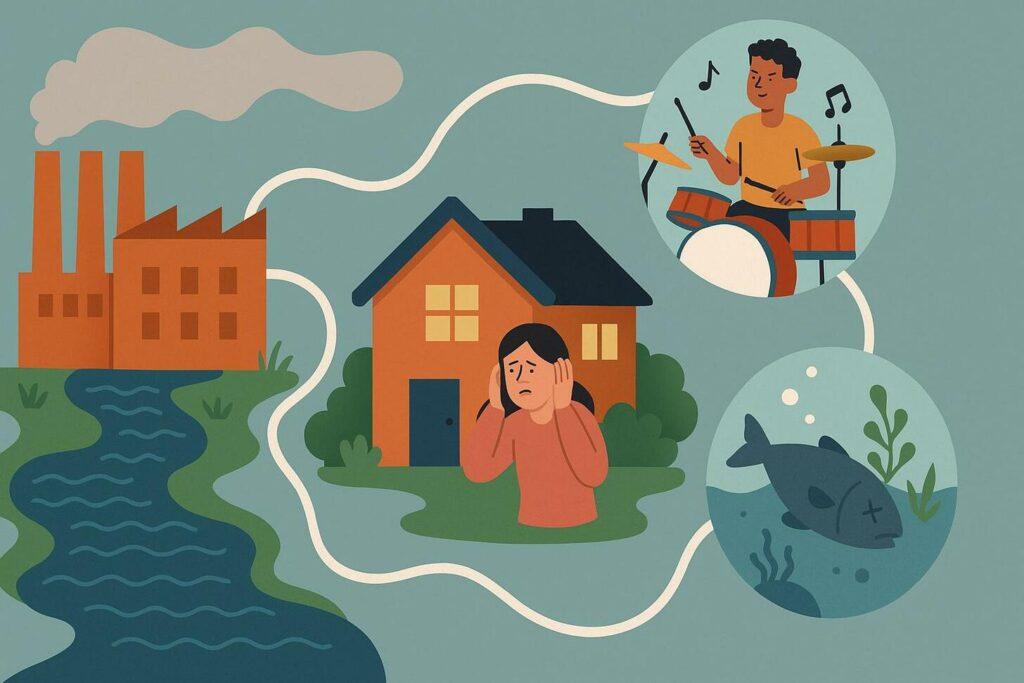When Nobel Prize-winning economist Ronald Coase looked into the hidden costs of making decisions, he highlighted a key concept: the externalities mental model.
These are the side effects, good or bad, that affect others not directly involved. Think of secondhand smoke in restaurants or noise from an airport.
These invisible effects often go unnoticed until they cause problems or lead to new rules.
Things like secondhand smoke or polluted rivers are hidden costs for others. These are the unseen effects of our choices.
Think of it like tossing a stone into a pond. The splash is immediate, but the waves reach far beyond your throw. This framework helps you see how personal gains or costs often spill over to others, highlighting one thing about mental models: they reveal the positive negative impacts of our actions on people.
For example, a company cutting costs by dumping waste might boost profits—but who pays for the contaminated water downstream?
By mapping these hidden impacts, the model reveals why systems break down when we ignore shared consequences. It’s not just about economics—it’s about fairness, responsibility, and crafting solutions that lift everyone in a meaningful way.
Key Takeaways
- Your daily choices create ripple effects, good or bad, for people you’ll never meet.
- The externality mental model: Spillover impacts often go unnoticed because they’re not priced into decisions.
- This tool bridges individual actions and collective outcomes, exposing market failures.
- Real-world examples—like noise pollution or environmental harm—show the model in action.
- Understanding these patterns leads to wiser, more ethical decision-making.
Introduction to The Externality Mental Model
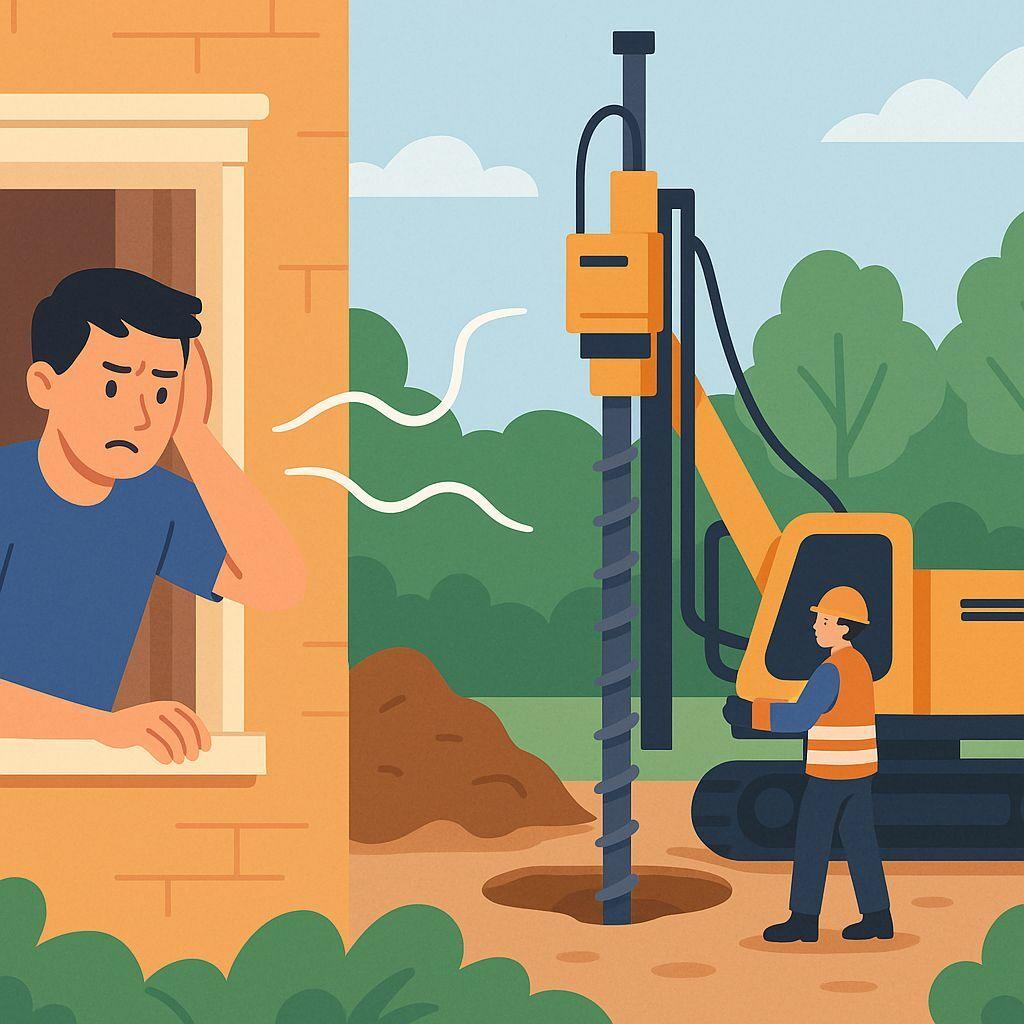
Moving for tranquility, you soon face the reality of others’ choices invading your space. Five years ago, my apartment complex sat nestled in greenery—until construction crews arrived.
Borewell drilling began next door, turning mornings into a symphony of grinding metal. I paid for peace but received chaos instead, a stark reminder of how one thing can disrupt the system of life.
This is how hidden costs work. The driller secured water access while neighbors absorbed the noise. No one asked if we’d tolerate sleepless nights or headaches. The price tag on their convenience became our burden.
These spillovers shape daily life. A factory dumps waste upstream—your water turns foul. A neighbor hosts midnight parties—your productivity plummets. Every action sends ripples through the system, often bypassing the decision-maker’s ledger.
| Scenario | Immediate Benefit | Hidden Cost |
|---|---|---|
| Borewell Drilling | Water access | Noise pollution |
| Factory Waste Dumping | Lower production costs | Contaminated ecosystems |
| Late-Night Events | Entertainment | Community sleep disruption |
Notice a pattern? Choices designed to help some people often harm others. Markets rarely account for these side effects. That’s why traffic jams form when everyone takes the “fastest” route, or parks close when too many seek shortcuts.
Understanding this mental models framework changes how you see responsibility. Should progress always come at other people’s expense? Can we design systems in a way where gains and costs align over time? Start by asking: “Who else pays for my convenience?”
Externalities: Definition and Key Concepts
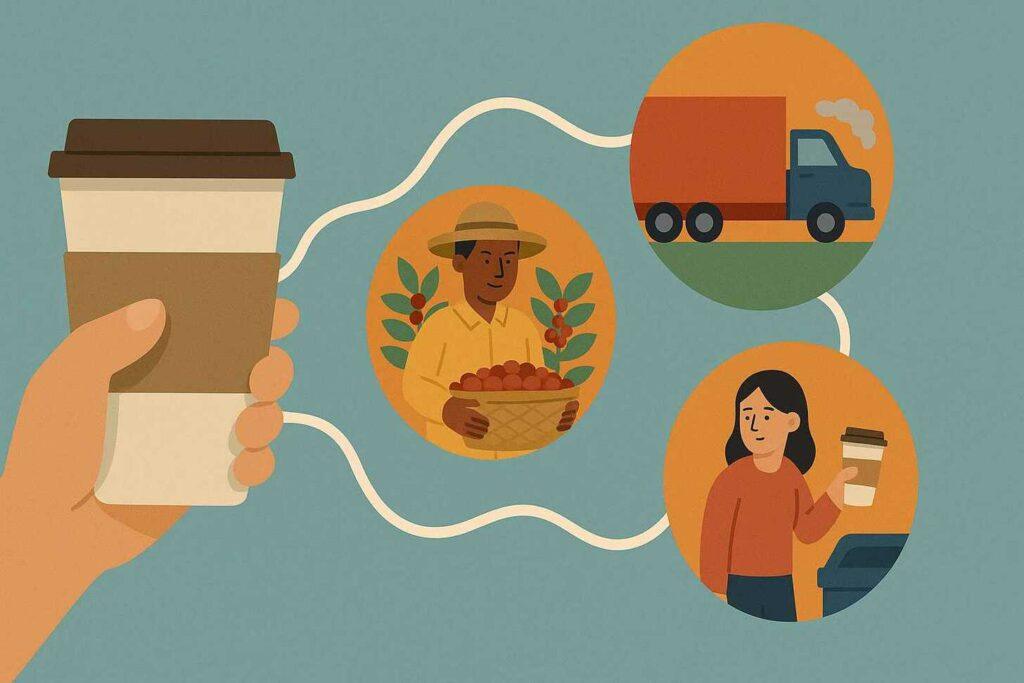
Ever notice how your morning coffee run impacts more than just your caffeine levels? That cup creates a chain reaction—farmers earn wages, trucks emit exhaust, landfill space shrinks.
These ripple effects define externalities: unintended impacts of choices on others who didn’t sign up for them. Understanding these mental models helps us see how our actions affect other people over time, revealing the true value of our decisions in the system we navigate.
Spillover Effects and Hidden Costs
Imagine your neighbor plants vibrant flowers. You enjoy the view without paying—a positive spillover. But when a driver idles their car outside your window, the exhaust becomes your problem. These unseen exchanges happen daily. Systems work through interconnected threads, not isolated events.
Hidden costs emerge when someone avoids paying the full price of their actions. A factory might skip proper waste disposal to cut cost, shifting cleanup burdens to taxpayers. Like dominoes, one decision knocks into countless lives.
Market Failures Explained
Prices often lie. A gallon of gas doesn’t reflect asthma rates from pollution or climate damage. This mismatch between private gains and social losses creates market failures—where individual logic clashes with collective well-being.
Governments use taxes or subsidies to align personal incentives with societal value. Road tolls during rush hour? They nudge drivers to consider shared roadspace. These fixes address transaction costs we rarely calculate ourselves.
Here’s the thing: every choice has fingerprints. Do yours leave stains or polish the world?
The Role of Externalities in Economic Decision-Making
True costs are like icebergs—most lie beneath. When businesses calculate expenses, they often miss hidden impacts on air quality, public health, or neighborhood peace.
This gap distorts decisions, favoring short-term gains over long-term collective well-being, impacting the way people perceive value in a system that prioritizes immediate profits over sustainable manufacturing of goods in our country.
Assessing Direct and Indirect Costs
Direct costs scream for attention: raw materials, labor wages, shipping fees. But silent indirect costs—like a river poisoned by factory runoff—rarely appear on balance sheets. A recent study found unpriced environmental harms cost global economies $6 trillion annually. Who pays? Often those least equipped to absorb the blow.
| Business Activity | Visible Cost | Hidden Impact |
|---|---|---|
| Coal Power Plant | $50/MWh energy | $32/MWh healthcare costs |
| Fast Fashion | $20 shirt | $85 water contamination |
| Ride-Sharing Apps | $15 fare | $9 road maintenance |
Policy Implications and Regulations
Governments use tools like carbon taxes to make invisible value exchanges visible. By putting a price on pollution, they align corporate math with societal math. Gasoline prices that include climate market impacts, for instance, dropped driving rates by 12% in test regions.
Smart policies don’t punish progress—they prevent the problem of shifting burdens to future generations. When companies internalize once-ignored costs, innovation flourishes. Solar panel costs fell 89% after subsidies reflected their positive spillover effect.
How might your life change if every purchase showed its full story? What actions would you rethink?
Externality Mental Model in Everyday Life
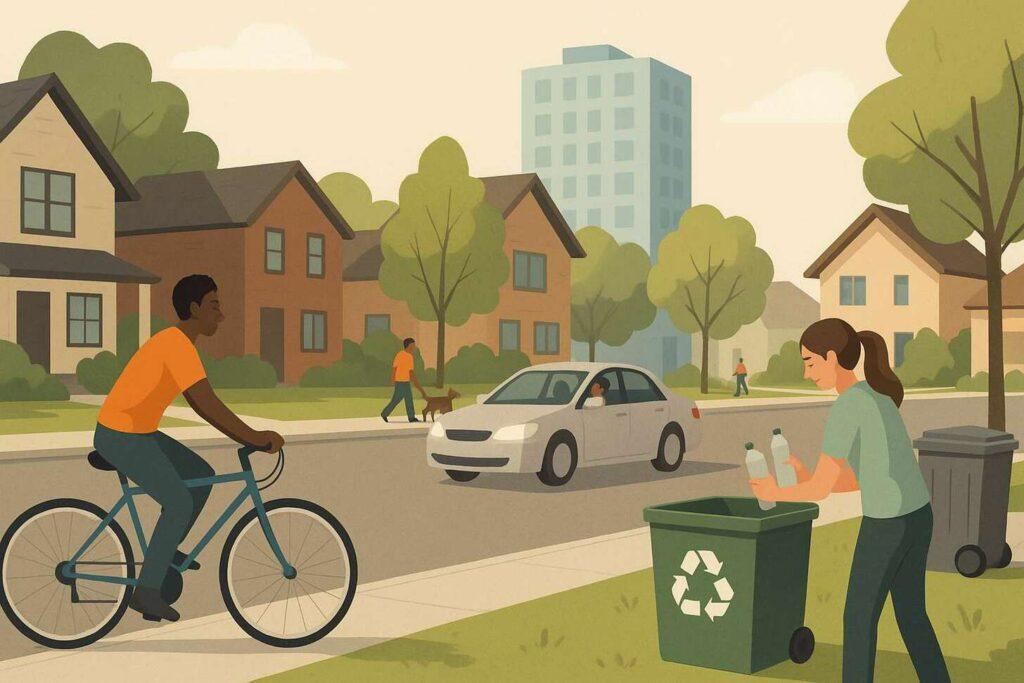
The externality mental model isn’t just about factories and policies—it’s in our daily choices.
Driving to work might save time, but it also adds to traffic, air pollution, and road wear. Using a reusable bottle? That’s one less piece of plastic in a landfill. Even small decisions, like when to mow your lawn or whether to return a shopping cart, create tiny ripple effects.
When we notice how our lives touch others, we can make better choices. This mindset doesn’t need perfection—just awareness. And over time, that awareness can build stronger communities and smarter systems.
Negative Externalities: Unseen Costs and Social Impact

The true price tag of progress often hides in society’s shadows. While businesses focus on visible expenses, people and communities shoulder burdens never calculated on spreadsheets.
Consider this: air pollution alone drains $8.1 trillion yearly from the global economy, according to World Bank data, impacting the whole system and the way we live our lives over time.
Pollution, Noise, and Unpriced Harms
A factory dumping chemicals into a river saves money—but who pays for poisoned water? Nearby residents face health crises while corporations profit. Noise follows similar patterns. Construction crews gain efficiency working overnight, while sleepless families absorb the cost through medical bills and lost productivity.
These harms rarely appear in decision-making. Transport systems spew toxins into the environment, accelerating climate change. The consequences unfold slowly, making them easy to ignore until crises erupt.
Global Economic Damage: Data Insights
Hidden impacts distort markets. Fast fashion’s $20 shirt hides $85 in water contamination costs. Industries externalize expenses, creating illusions of efficiency. Examine the math:
| Industry | Visible Profit | Social Cost |
|---|---|---|
| Coal Energy | $50/MWh | $32/MWh healthcare |
| Ride-Sharing | $15 fare | $9 road repairs |
| Logging | $300/acre | $450/acre flood risk |
This imbalance explains why destructive practices thrive. When others bear the brunt, businesses chase short-term gains. But solutions exist—carbon taxes and noise ordinances make hidden impacts visible.
How might work cultures change if every spreadsheet included all costs? What would you prioritize differently?
Positive Externalities: Unexpected Social Benefits

What if your good deeds helped strangers without them even knowing? That’s the magic of positive spillovers—actions that create unexpected value for people.
Like sunlight reaching hidden gardens, these benefits often go unnoticed by those who spark them over time. This way, your investment in kindness can matter in ways that are difficult to measure in words, but ultimately lead to a better end for all.
Herd Immunity and Community Health
A 2010 study in The Lancet showed flu shots do more than protect individuals. When 60% of a community gets vaccinated, infections drop by 40% even among unvaccinated people. Your choice to roll up a sleeve shields neighbors who can’t—a quiet act of collective care.
Positive Externalities in Innovation and Creativity
Innovators don’t always see the full results of their work—but the effects ripple far. Marie Curie’s discoveries helped treat cancer, but they also shaped food safety, art conservation, and even industrial quality control. That’s the power of positive externalities.
Courage, kindness, and creativity have similar effects. One person’s bold move often gives others permission to act. Whether it’s starting a new business, sharing an idea, or mentoring someone, small efforts can light the way for many others.
Understanding Positive vs. Negative Externalities

Positive and negative externalities are two sides of the same coin. They show how our actions affect others in ways we often overlook, illustrating the importance of mental models in understanding these effects.
Negative externalities like pollution or traffic impose costs on bystanders, creating a system where these hidden harms are rarely reflected in market prices. This leads to distorted incentives, affecting our way of life and investment decisions.
The polluter profits while the community pays in health costs or lost time. This is unfair.
Positive externalities, on the other hand, provide unexpected benefits. A well-kept garden may raise nearby home values. Vaccination campaigns lower infection rates for everyone, even the unvaccinated.
These spillovers improve society, yet they’re rarely rewarded financially. This is a missed opportunity.
Understanding both types helps us design better policies. It makes us make smarter decisions. It promotes fairness in how we share costs and benefits.
Better Decisions Using the Externality Mental Model
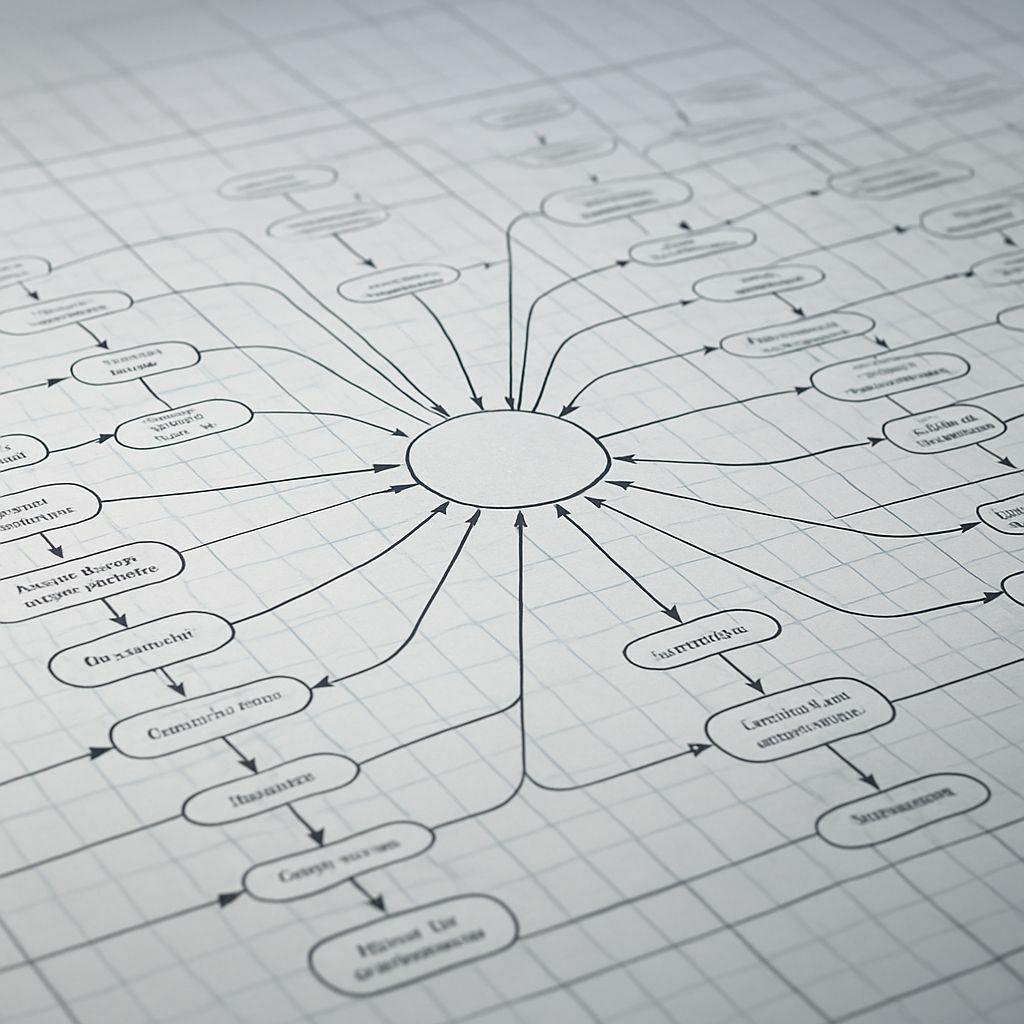
What if every choice you made sent shockwaves through systems you’ve never heard of? A factory relocating to cut costs might drain a town’s job supply. A highway expansion could fracture communities. The ripple effects of decisions often outlive their initial intent.
This framework pushes you to ask: “What happens after the immediate result?” Like chess players predicting five moves ahead, it reveals patterns others miss.
For example, a company slashing R&D budgets saves money today—but loses market share tomorrow when competitors innovate.
Anticipating Second-Order Effects
Consider a city building affordable housing. The direct goal? Shelter families. But consequences might include strained schools or traffic surges. Proactive planners use this model to address both outcomes—adding bus routes early or funding teacher hires.
Businesses often ignore spillover costs. A 2022 Harvard study found firms that account for external impacts grow 23% faster long-term. Why? They avoid backlash from communities bearing hidden burdens.
| Decision | First-Order Effect | Second-Order Effect |
|---|---|---|
| Remote Work Policy | Lower office costs | Declining downtown businesses |
| Plastic Bag Ban | Less pollution | Increased paper bag production |
| AI Automation | Higher efficiency | Workforce reskilling needs |
Leaders using mental model fundamentals design solutions that thrive across timelines. A tech firm investing in employee wellness sees reduced turnover—and healthier local economies as workers spend more locally.
Your actions shape more than your life. Will your next move lift others—or leave them cleaning up waves you started?
Market Failures: Bridging Private and Social Costs
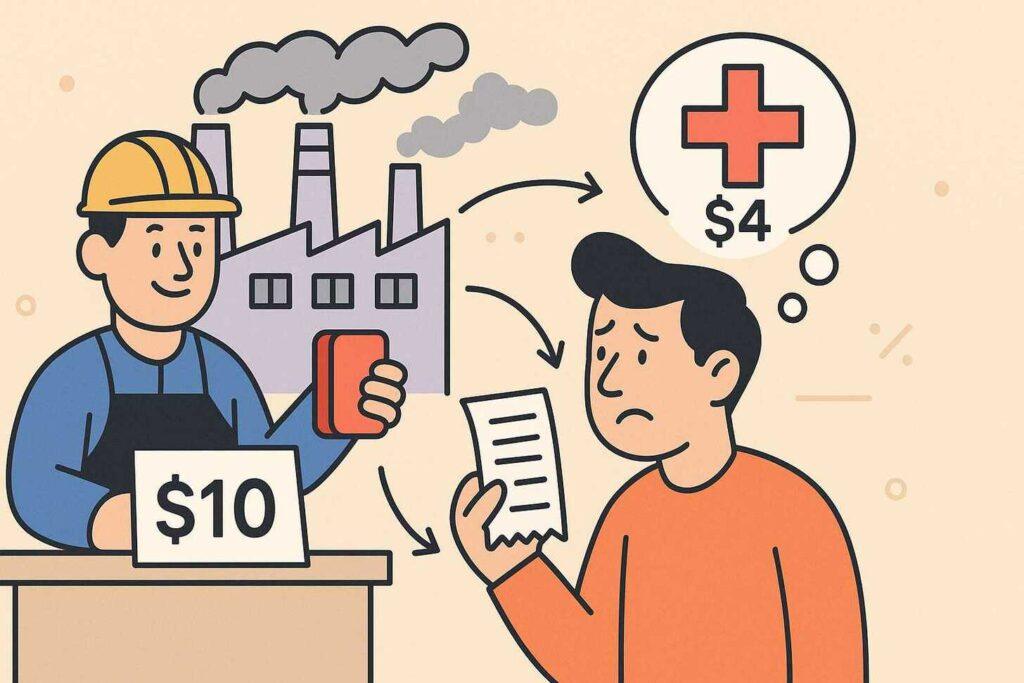
Ever bought something cheap only to discover hidden costs later? Markets work like that receipt—showing what you pay while hiding society’s tab. A factory sells widgets at $10 each, but every sale adds $4 in healthcare bills for nearby residents.
That gap between price paid and costs borne fuels systemic breakdowns, impacting people and institutions over time.
Externality Mental Model: When Prices Tell Half-Truths
Markets excel at matching buyers and sellers. But they stumble when tracking impacts on bystanders. Your “bargain” gas? Its price skips the asthma treatments linked to pollution. This mismatch creates phantom profits—businesses thrive while communities absorb damages.
Consider fishing fleets overharvesting oceans. Each captain gains by catching more today. But depleted stocks mean society loses tomorrow’s food supply. The process works until shared resources collapse.
Solutions exist. Carbon taxes make emitters pay for climate harm. Vaccine subsidies reward manufacturers for herd immunity benefits. By aligning costs with consequences, we bridge the divide between individual gain and collective good.
What would you choose if every price tag showed its full story?
Conclusion
The externality mental model teaches us that no decision is made alone. Every action, big or small, affects other people in unseen ways in their life.
By understanding both positive and negative externalities, we make smarter choices. This model helps us see beyond our own interests and provides an example of how our actions impact others. It makes us consider how our actions impact others and the way they experience the world.
Imagine if we all asked, “Who else does this affect?” This simple question could lead to better systems and stronger communities. It could also guide us towards more thoughtful progress in addressing the problem of collective impact.
